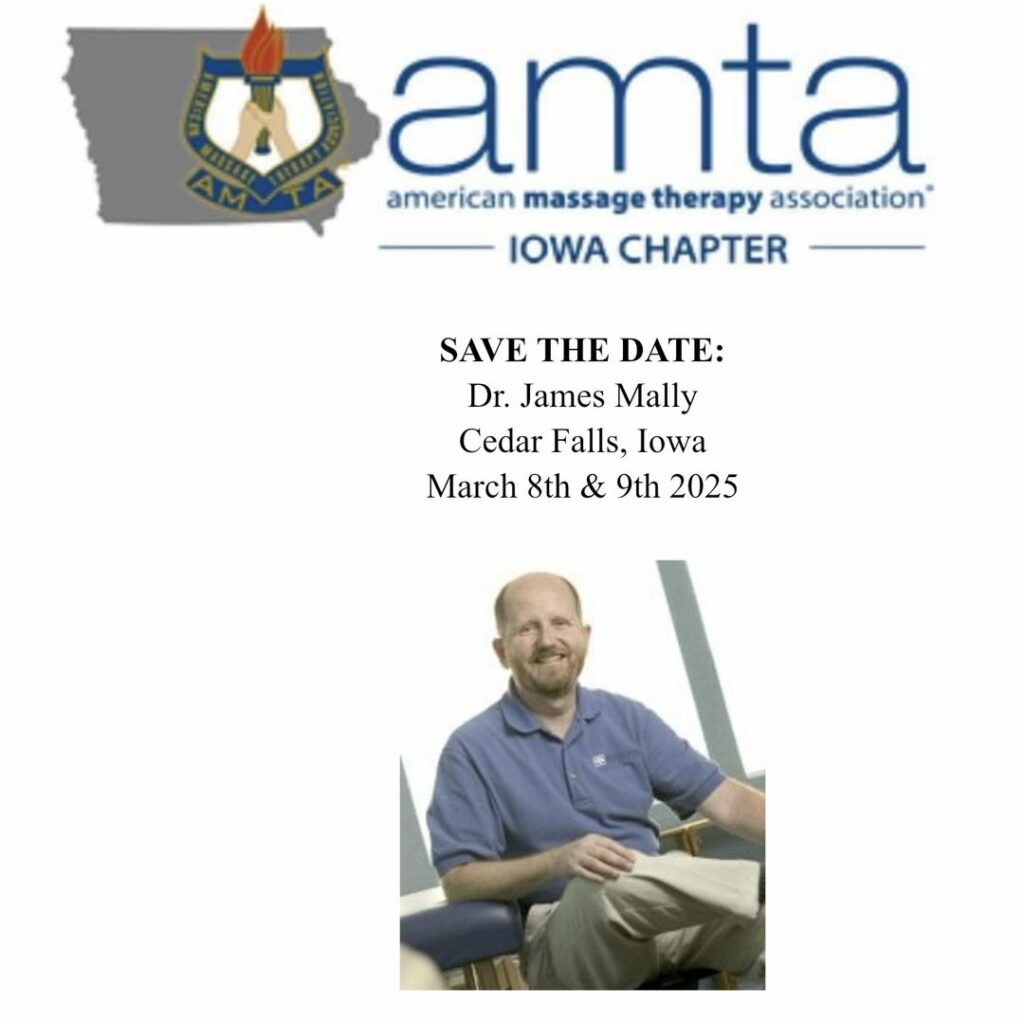
Nerve impingement issues can mimic musculoskeletal problems. Some examples are tennis elbow (lateral epicondylitis), which may be from radial nerve entrapment, or Iliotibial band pain from an impingement of the lateral femoral cutaneous nerve.
In this workshop, you will learn ways to assess if a problem is caused by nerve impingement and easy and effective ways to relieve it by using movement to tension and glide the nerve along its path.
For the upper extremity, we will cover the assessment of nerve impingement problems, differentiating between median, ulnar, and radial nerve impingement syndromes. We will then work with impingement areas for the brachial plexus, including the nerve roots, scalenes, first rib and clavicle, and pectoralis minor. This will be followed by specific work on impingement areas in the upper extremity for the median, ulnar, and radial nerves. We will follow with neurodynamic work, or nerve gliding, to move the affected nerves through their channels to help improve nerve function, then reassess to note what improvement has occurred.
We will do similar work for the lower extremity, assessing impingement problems with the sciatic, tibial, peroneal, femoral, and obturator nerves. We will work with the lower back, piriformis, psoas, and iliacus before working with specific areas of impingement for the nerves in the lower extremity. We will follow this with neurodynamic work and assessment.
We will also assess and treat cutaneous nerve impingement with specific pain patterns, including the lateral femoral cutaneous nerve, cluneal nerves, and pudendal nerve.
This class will include extensive notes. After completing it, you should be able to help more of your clients with nerve impingement problems.
Please bring shorts and a sports bra for women.
Click here for information and to register for the convention.

